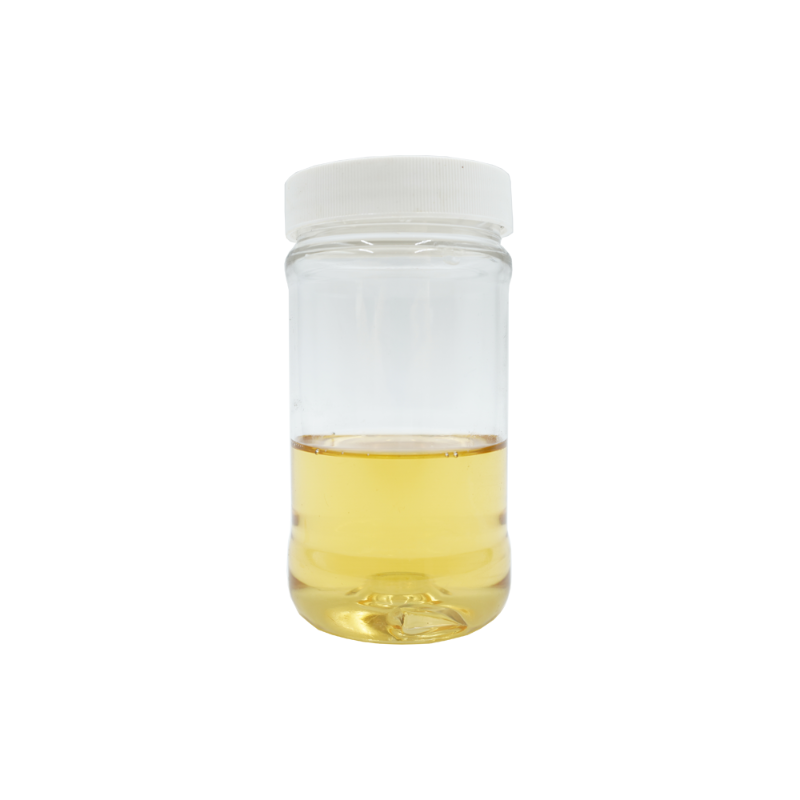-
Categories
-
Pharmaceutical Intermediates
-
Active Pharmaceutical Ingredients
-
Food Additives
- Industrial Coatings
- Agrochemicals
- Dyes and Pigments
- Surfactant
- Flavors and Fragrances
- Chemical Reagents
- Catalyst and Auxiliary
- Natural Products
- Inorganic Chemistry
-
Organic Chemistry
-
Biochemical Engineering
- Analytical Chemistry
- Cosmetic Ingredient
-
Pharmaceutical Intermediates
Promotion
ECHEMI Mall
Wholesale
Weekly Price
Exhibition
News
-
Trade Service
Lu Hu, Shang Inggang, Zhang Li Jian, Li Changbin
Excerpt: This paper introduces the two test methods of synthetic BPA F solid epoxy resin, and compares the advantages and disadvantages of the two methods from the process, to provide experimental theoretical data for production.
keywords:
BPA
F
solid epoxy resin; Bisphenol F epoxy resins can also be prepared into solid epoxy resins, which can be used in anti-corrosion coatings and powder coatings
.synthesis method of BPA1 BPA F solid epoxy resin
BPA F solid epoxy resin synthesis method can be divided into one and two methods.
1.1 A section of the law
a paragraph of the method is also called the milk fat method, that is, epoxy chloropropane (ECH) and bisphenol F under certain molar matching conditions, under the effect of sodium hydroxide, the reaction to produce solid epoxy resin. The specific reaction process is as follows:Because the ECH is relatively small, the resin is viscous, so the reaction process needs to add other solvents to increase the solubility of BPF and resin, and, compared with the ordinary epoxy resin synthesis process, eliminates the removal process of epoxy chloropropane (ECH). After the reaction is completed, solid epoxy resin can be obtained through the process of desalination, washing, meso-filtration, filtration, desolation and so on. The synthesis process is shown in Figure 1.Figure 1 A BPA F solid epoxy synthesis flowchartDue to the small epoxy chloropropane (ECH) ratio, resulting in the growth of the epoxy resin chain, its softening point and epoxy equivalent are significantly higher than ordinary BPA F epoxy resin. Epoxy chloropropane (ECH) and BPA F can produce BPA F-type solid epoxy resins with different softening points and different epoxy etiates under different molar ratio conditions. The specific ratio to the indicator is set out in Table 1.
Table 1 Bisphenol F solid epoxy resin parameters
models
softening point (C)
epoxy equivalent (g/eq)
1705
105 to 115
1350 to 1650
1704
90 to 100
1200 to 1400
1703
80 to 90
800 to 1000
Epoxy chloropropane (ECH) and BPA F molar ratio is different, softening point and epoxy equivalent is different, with the ratio increased, the resulting epoxy group increased, the corresponding softening point and epoxy equivalent are reduced.
1.2 two-stage method
two-stage method is also known as chain lengthening method, that is, liquid BIS F epoxy resin and BPA F, under the action of catalysts continue to react to produce solid epoxy resin.the chain growth of the reaction process resin, different molecular weight resins can be made, resulting in different softening points and epoxy equivalents. The synthesis flow is shown in Figure 2, and the solid epoxy resin indicators for each model are shown in Table 2.2 Bisphenol F solid epoxy synthesis flow chart
Table 2 BPA F solid epoxy resin parameters
Model
softening point (C)
epoxy equivalent (g/eq)
1701
45
400 to 500
1702
65 to 85
500 to 700
1703
85 to 95
700-900
1704
90-100
900-1000
1705
100-110
1000-13 00
1706
110 to 120
1300 to 1700BPA F solid epoxy resin two synthesis methods, from the overall point of view, each has advantages and disadvantages:
. (1) A reduction in the ratio of raw materials, increased production efficiency, reduced de-ethylene chloropropane process, reduced energy consumption, input ECH amount needs to be precisely controlled, otherwise it is easy to cause fluctuations in indicators, while producing a large amount of wastewater.
(2) two-stage process is short, simple operation, control key points are few, the amount of feed is easy to control, the indicator is stable, suitable for small batch, occasional production, and liquid BPA F-type epoxy resin production does not conflict. If production is started from the raw material epoxy chloropropane and bisphenol F, the process will be longer than a procedure, more key points need to be controlled, and a large amount of wastewater will be produced in production.2 Conclusion
The two synthesis methods of BPA F solid epoxy resin have advantages and disadvantages, and the specific methods to be used in the production process also depend on the actual situation of the company and customer demand.
BPA F solid epoxy resin needs to be further developed to improve product quality, reduce costs and expand its application range, as a basic material to play its due role.
.






